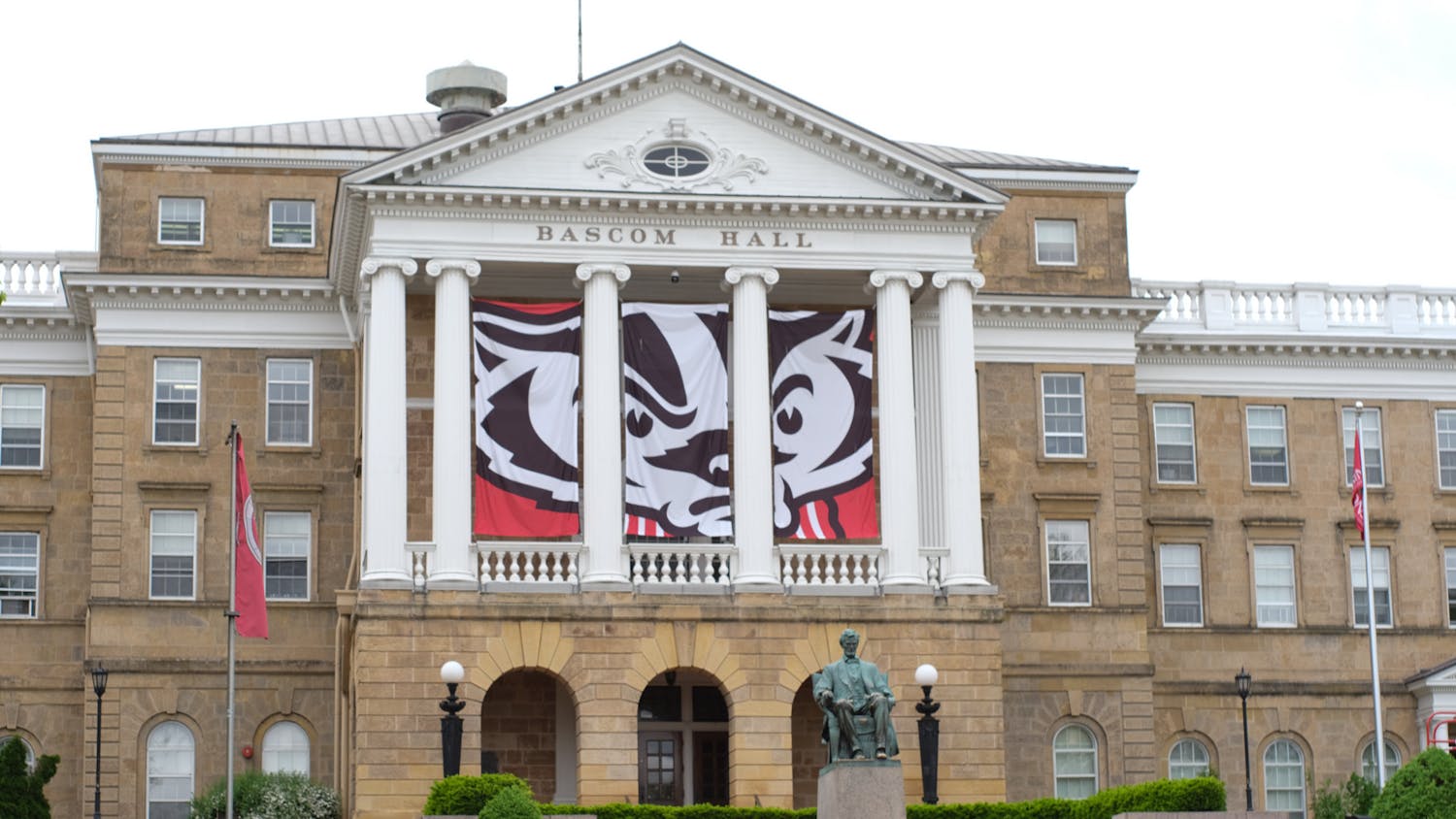Students seeking a deeper appreciation for and understanding of Wisconsin cuisine,
In Food Science 550: Fermented Foods and Beverages, students learn about both the processes and science behind
According to Food Science 550 course coordinator Monica Theis, the lecture course covers a range of topics including the brewing and its history, yeasts and wild yeasts, wine-making and bread-fermentation.
“It’s a somewhat comprehensive course on the science of food and beverage fermentations,” Theis said. “This is a science-based course. It’s not beer-tasting or wine-sampling. The focus is fermentations and the science of
In addition to the 550 lecture course, students partake in a food science lab. Students enrolled in the fall semester take Food Science 552: The Science of Wine, in which the department partners with Wisconsin wineries, such as Wollersheim Winery in Prairie du Sac, in order to teach students about the process of wine-making.
“We work very closely with Wisconsin wineries, so they donate the grapes. Students learn about the Wisconsin hearty varieties [of grapes] and learn about the implications of Wisconsin wine-making,” Theis said.
Students enrolled during the spring semester take Food Science 551: Food Fermentation Laboratory, in which they learn about a variety of other fermented foods and beverages including beer, sauerkraut, kimchi, kombucha, fermented rice, yogurt
“The benefit of teaching brewing or any other fermented beverage is it incorporates a lot of multidisciplinary things” Nick Smith, UW-Madison enologist and Food Science 550 and 551
According to Theis, students this semester are working with the genetics department to develop a bread recipe using an isolated strain of wild Wisconsin yeast, which has the potential to be used commercially by a local Wisconsin bakery.
Students interested in both the science and business of brewing have the opportunity to pursue it in a more focused environment through the Food Science 299: Independent Study. In this course, students work side-by-side with a master brewer at Wisconsin Brewing Company to develop a beer recipe that Wisconsin Brewing Company would potentially brew on a full scale. Students then follow the brewing process as far as the semester will allow.
While the finished brew is a product of Wisconsin Brewing Company, the label bears a Campus Craft Brewery logo, which indicates the partnership with the fermentation science independent study.
“I think in terms of our bigger programming, the
According to Theis, the previous semester’s product developed in conjunction with Wisconsin Brewing Company, a grapefruit
When it comes to the ingredients used in the brews, students learn about and work with Wisconsin hops and barleys in attempt to create an all-Wisconsin product.
However, Theis says, this has proven difficult with a struggling hop crop in Wisconsin. According to Smith, the program receives barley from Briess in Chilton and malt from Malteurop in Milwaukee.
Theis says that the richness of the program lies not only in these partnerships with Wisconsin agriculture and
“A really exciting piece of this is the diversity of opportunities that students get. We’ve got undergrads working in [the genetics lab] isolating, we’ve got our students working and formulating, next fall we’ll have students working in the vineyards with Wollersheim,” Theis said.
“From an undergraduate experience perspective, there’s a whole palette of opportunities for students and the opportunities to scale up, to learn what does it take to scale up a product.”






